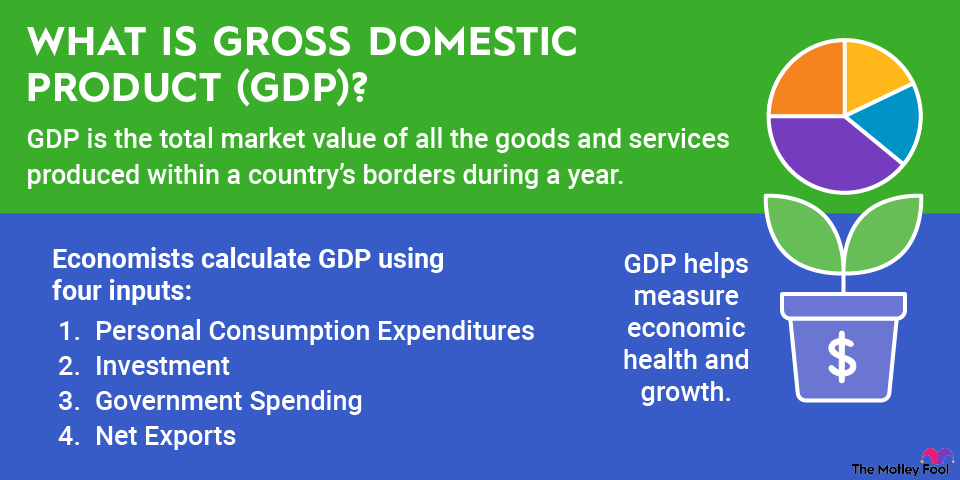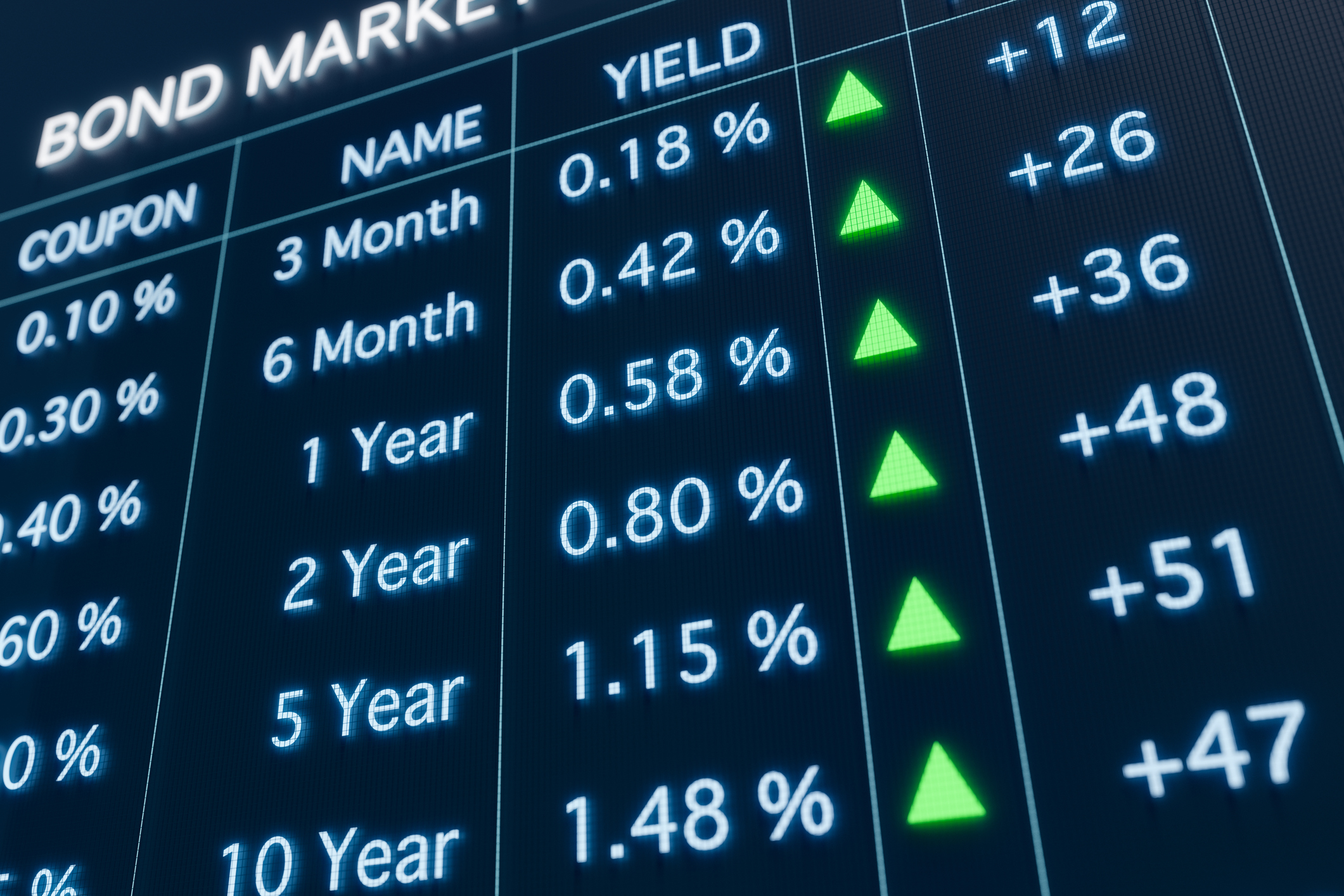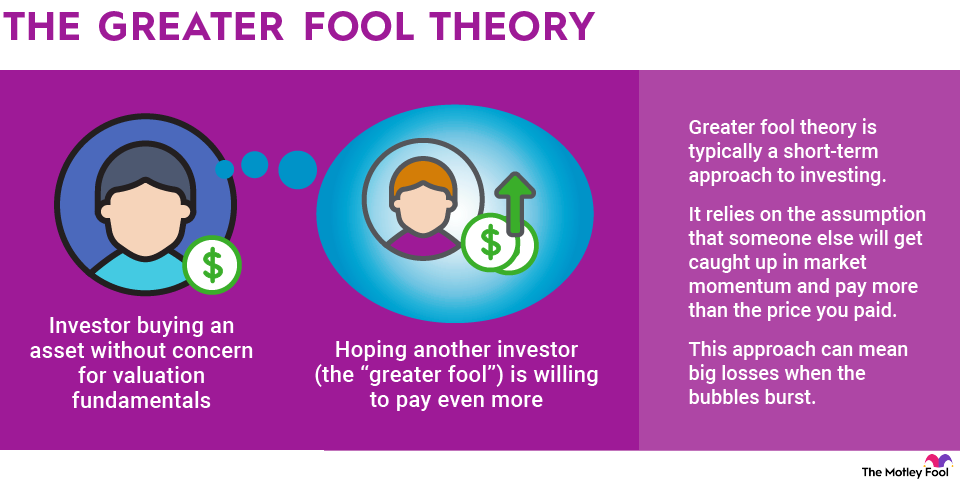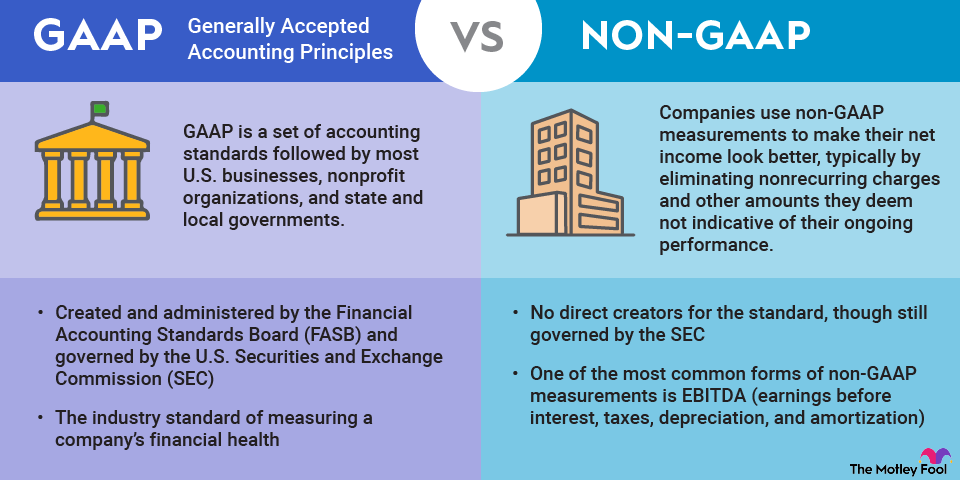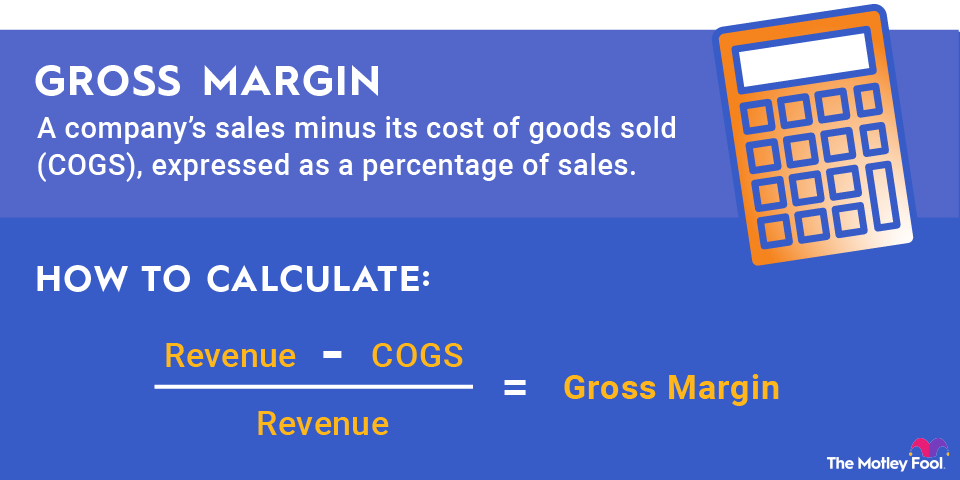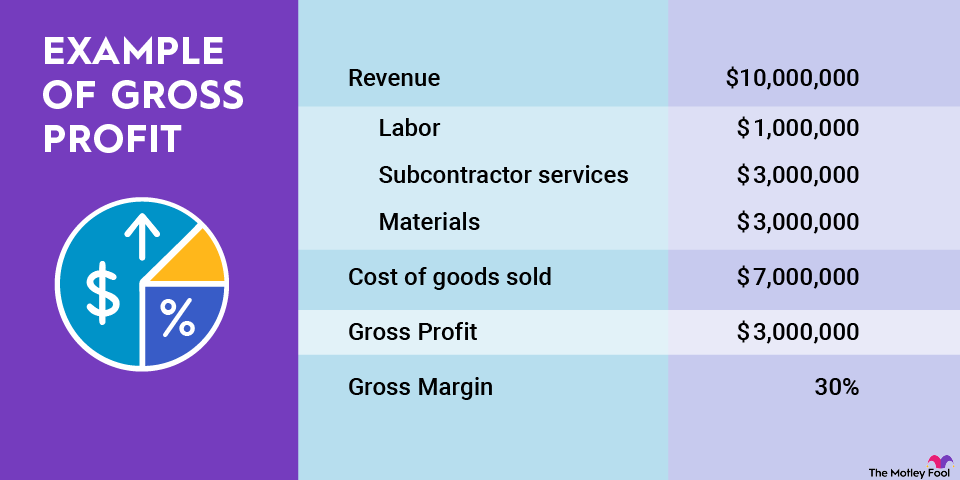Understanding the financial health of a company is essential for investors. The gross profit margin is among the most important and useful financial metrics that give investors potentially game-changing information about a company's profitability. Let’s dive into what gross profit margin is, why it's important, and how to use it when analyzing a company's performance.

What is gross profit margin?
Gross profit margin is a measure of a company's profitability, usually expressed as a percentage. Yes, there is math to be done, but it’s very simple stuff.
First, you look up the company's gross profit, which is revenues minus the cost of goods sold. Most companies report this value near the top of their income statements; others leave this exercise for the reader. Once you have that number and the top-line revenue figure, you divide gross profit by total revenue. That’s all, folks!
What you get is the proportion of each dollar of revenue that the company retains as gross profit. The raw number is a decimal ratio, which you can convert into an easy-to-read percentage. Simply multiply it by 100.
A higher gross profit margin indicates that the company is generating more gross profit for each dollar of revenue, while a lower margin means it's retaining less profit at this stage.
Why is gross profit margin important?
Gross profit margin is a useful financial metric because it reveals a company's ability to generate profit from its core operations. By understanding the gross profit margin, investors can gain insights into a company's cost structure, pricing strategy, and operational efficiency.
A higher gross profit margin suggests that the company is efficiently managing its cost of goods sold. That could be a result of efficient production processes, strategic sourcing, or favorable pricing. On the other hand, a lower margin might indicate systemic trouble or a dramatically different business plan in the same categories.
You should also weigh a company's gross profit margin against those of its competitors. Can this company demand a much higher gross margin than its head-to-head rivals? Cool -- you’re looking at a market leader that can charge a premium price for its products or services.
You also should keep an eye out for large changes over time -- and especially for sudden jumps or drops. Dig deeper to find the underlying reasons for those unexpected shifts. In many cases, you’ll learn something important about the business model this way.
How to use gross profit margin
Here’s a simple method for analyzing a company’s gross margins:
- Calculate the gross profit margin: Divide total revenues (sometimes called "sales" or "net sales" in press releases or income statements) by gross profits. Multiply the result by 100 to express it as a percentage. All done!
- Compare the gross profit margin with historical data: Analyze the company's historical gross profit margins to get a feel for trends and assess its performance over time. Data tables are great for this. Graphical charts can help you spot outliers and long-term trends at a glance.
- Benchmark against competitors: Compare the company's gross profit margin with those of its competitors to evaluate its relative standing within the industry.
- Consider industry norms: Understand the typical gross profit margin range within the company's industry to determine whether its margin is in line with industry expectations. For example, software developers and pharmaceutical companies usually operate with lucrative gross margins, while many retailers make do with far lower readings on this line.
Gross profit margin is a useful tool for financial analysis, but it should not be the only instrument in your toolkit. Other financial metrics and operating qualities should also be considered to complete your analysis of a prospective investment. That being said, the gross margin is often a great starting point for a deeper dive.

NASDAQ: NFLX
Key Data Points
The gross margin held firm for a couple of reasons:
- Netflix’s subscription-based services deliver a highly predictable revenue stream. Millions of subscribers sign up once and pay their bills every month. Netflix makes it easy to cancel your service whenever you want, but its customer churn is still low.
- Sudden changes in content production costs will show up in Netflix’s cash flow statements. Those expenses have to enter into the income statement for the purpose of calculating taxes, but they do it in the form of amortized content costs. The short-term bumps and drops in cash costs are spread out over several years with this accounting method.
You can learn some valuable lessons by analyzing Netflix's gross margins over time. This ultra-simple metric reveals the importance of stable revenue streams like subscriptions, the effect of efficient cost management on profitability, and Netflix’s resilience in the face of industry disruptions. The solid gross margin trend also suggests that Netflix holds a commanding position in its chosen industry with robust pricing power.
Take these insights into a full analysis of Netflix’s business, and you’ll walk away with a better understanding of the company and its stock. This way, you can make informed decisions and better understand the company's financial health.
